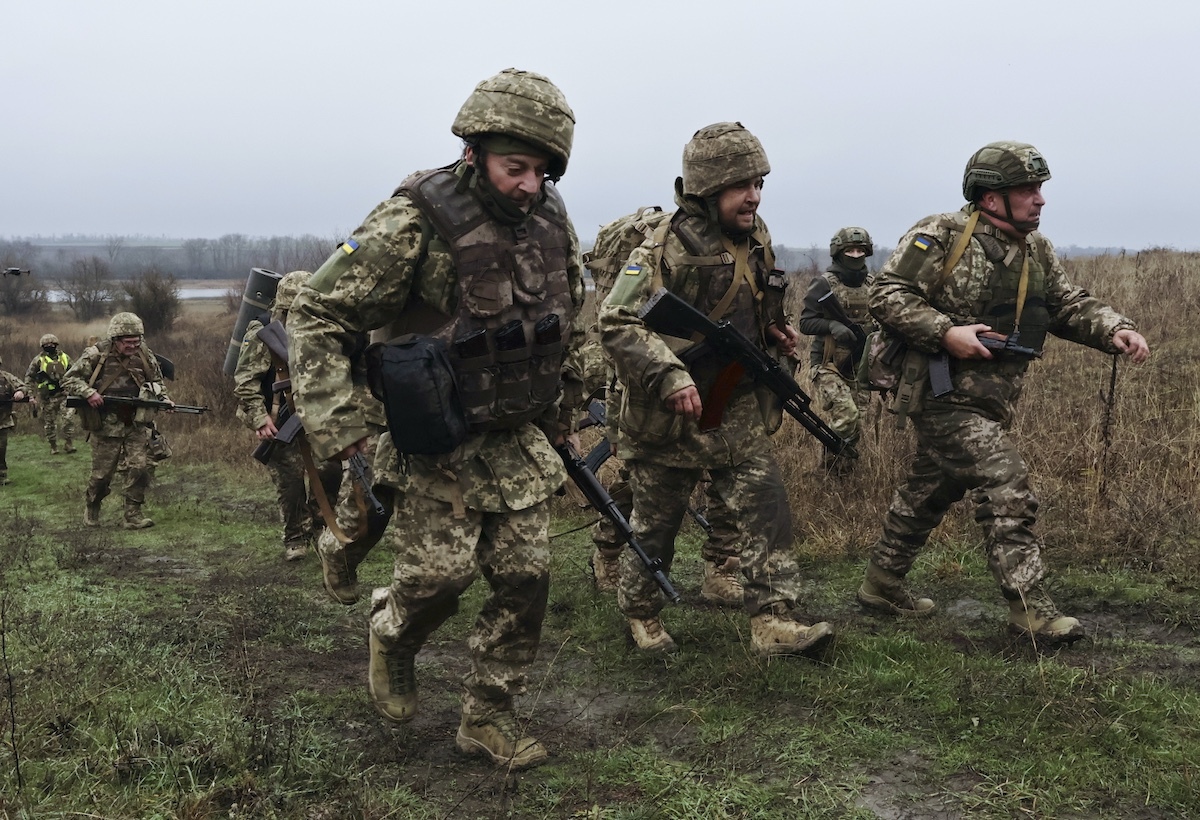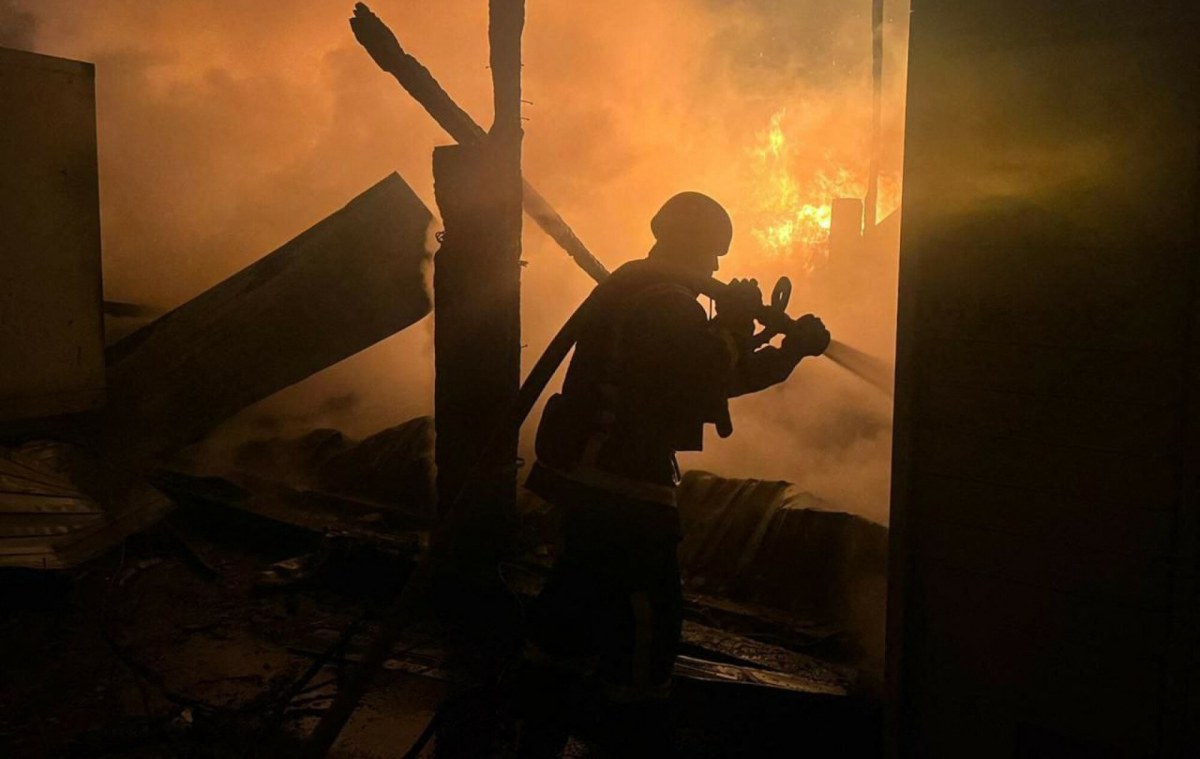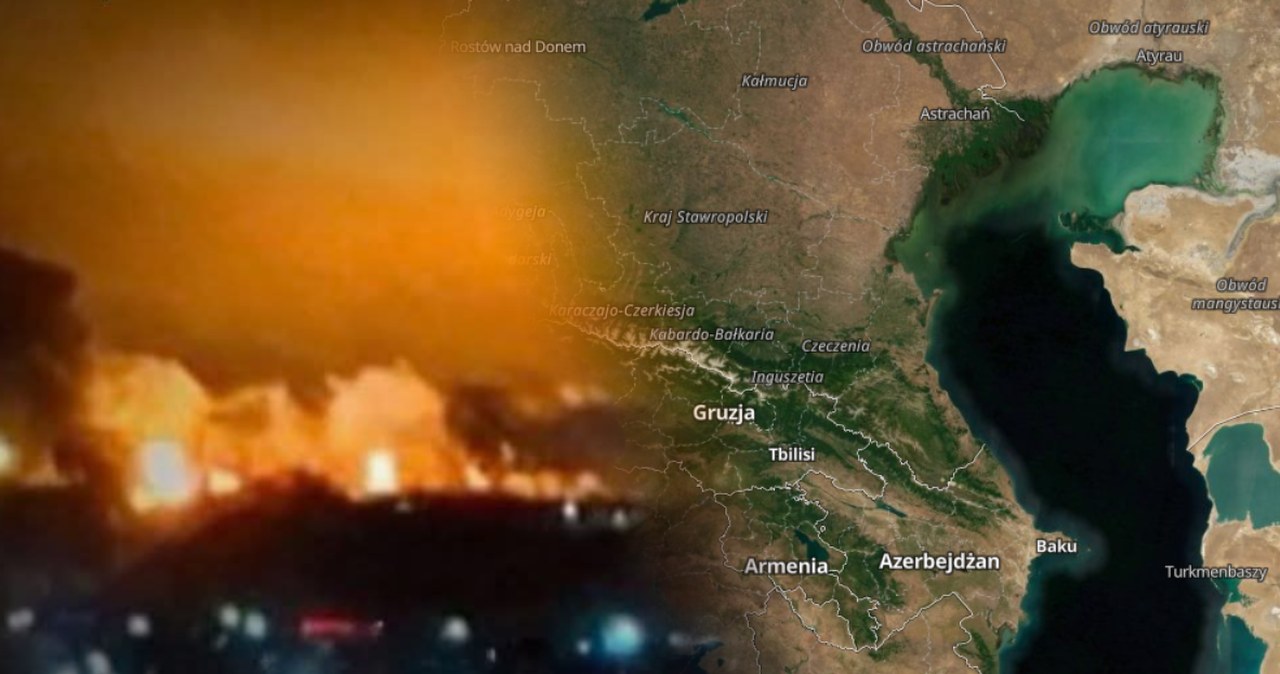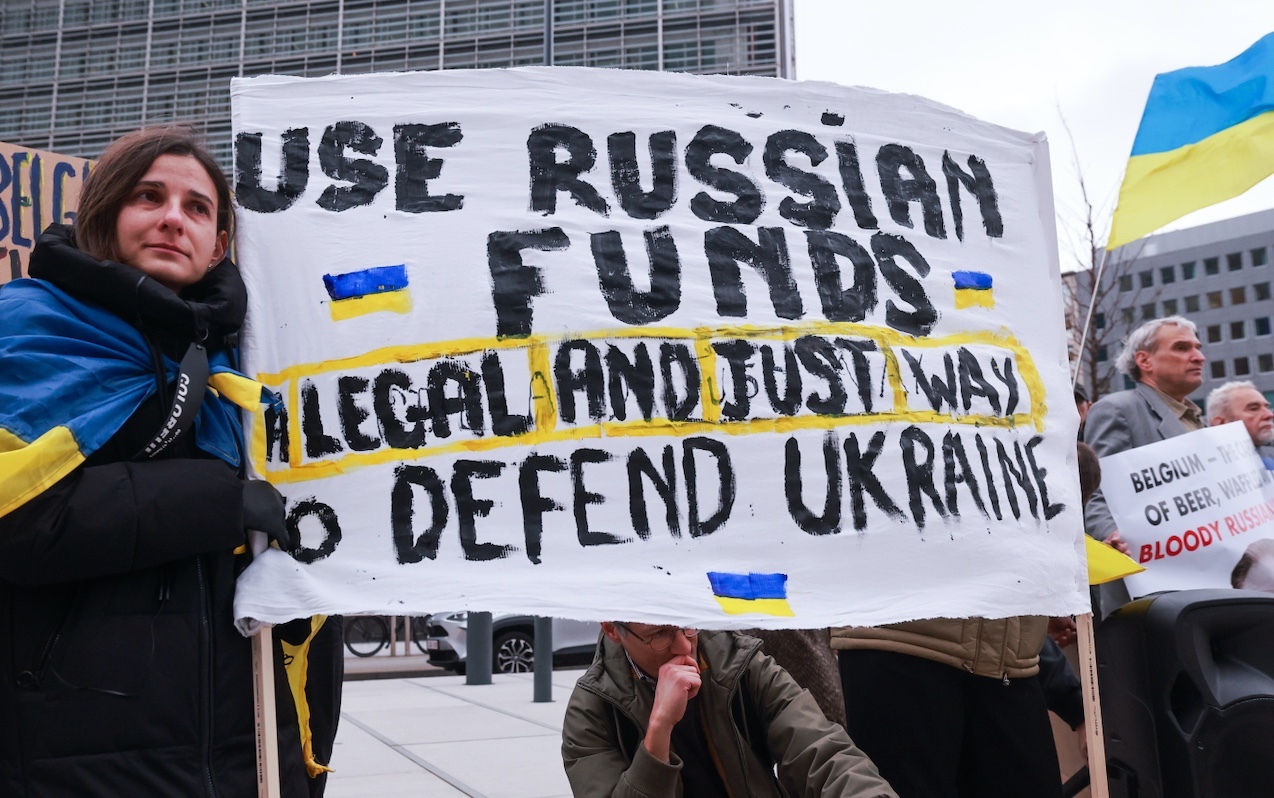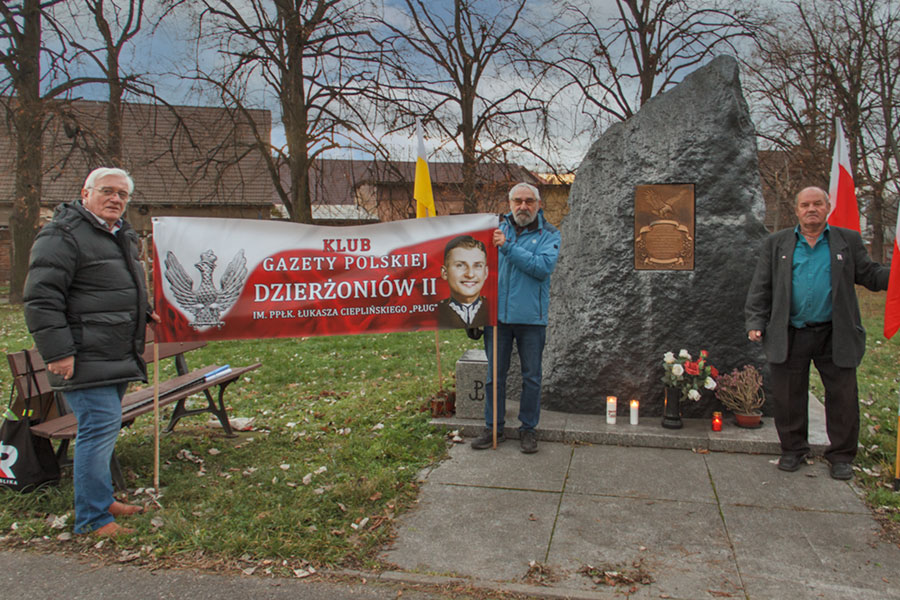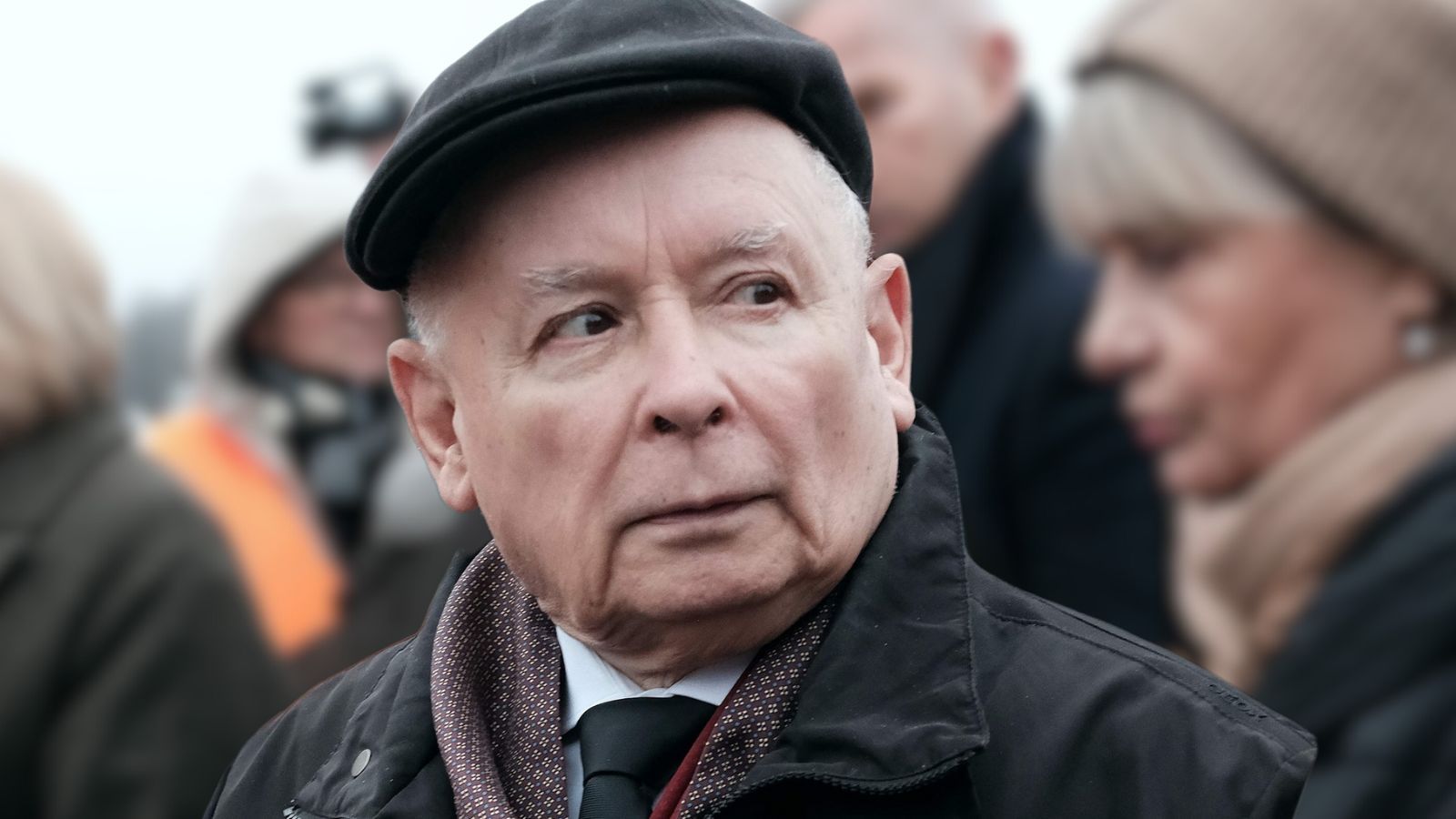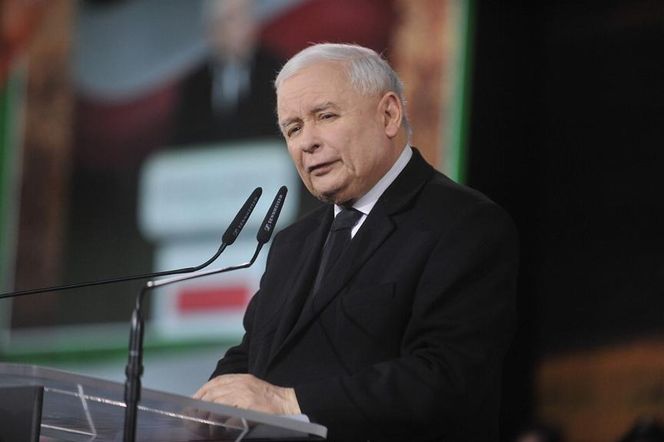Earlier this week, Donald Trump and Volodymyr Zelenskyy met for a redo of their disastrous February 2025 gathering that had set the full western planet on edge. That earlier encounter left the open question of where America’s allegiance might lie. In the months since, while that question lingered, Russia has made incremental gains on the front lines in east Ukraine.
Now, Russia appears tired of its grinding advance. Vladimir Putin wants a deal on the table: the entirety of the Donbas in exchange for any loose safety agreement along the lines of the Minsk agreements. And Donald Trump seems to back this as a peace plan.
Over just a fewer days, Trump has met with both Putin and Zelenskyy. In Alaska, he gave Putin precisely what he wanted: images standing side by side with the American president at an air base designed to contain Russia’s atomic power. Putin’s image was rehabilitated from shunned war criminal to peer of the most powerful man in the world.
Trump, for his part, was playing to his home audience alternatively than advancing any meaningful peace deal. With legislature in August recess, he has utilized the minute to step onto the global phase as a dealmaker—buying himself space from the Epstein scandal and from the politically toxic bills his organization is pushing through.
For the last week, Trump has pursued shuttle diplomacy: speaking with Putin without revealing details, then sitting down with Zelenskyy. What seems clear is that Trump’s preferred plan mirrors Putin’s: Ukraine gives up 20 per cent of its territory in exchange for vague safety guarantees that Russia has small reason to believe the West will enforce.
Trump risks becoming a modern-day Radcliffe or Durand—drawing borders on a map for political convenience, while millions live with the consequences.
Like those colonial partitions, this proposal would cut through existing communities, ignoring past and culture in favour of solving a problem quickly. By cleaving off a 5th of Ukraine’s territory, Trump’s plan would leave millions of Ukrainians under Russian occupation.
Every deal that trades Ukrainian land for empty promises teaches Putin the same lesson: invade again, and the West will blink.
Among Ukrainians, the prevailing view is that specified a deal only plants the seeds of another invasion. Putin has learned the lesson that he can carve distant Ukrainian land all fewer years without facing serious consequences. Russia’s economy has not collapsed under sanctions in the way the Biden administration had predicted. Western drip-feeding of defensive arms has prevented Ukraine’s collapse, but has not been adequate to let it to win the war.
The communicative began in 2014, erstwhile Ukrainians revolted against a Putin-backed president, Viktor Yanukovych, who tried to turn their country eastward. Ukrainians wanted to look west, toward liberal democracy. They understood the cost of sliding back into authoritarianism even as much of the West inactive dismissed Putin’s ambitions. That year, Putin invaded Crimea. The conflict ended in the Minsk agreements, with Ukraine losing territory in exchange for vague western guarantees.
When Putin invaded again in 2022, he expected small resistance. Instead, he met Ukrainian resolve and amazing western unity. Yet now he seeks much the same deal: to keep the territory he has fed soldiers into a meat-grinder for, in exchange for the diplomatic equivalent of a stern warning.
This seems to be where the planet is stalling. It is hard to know if Trump’s individual diplomacy is making headway. As much as I argue many of his aims, Trump’s kind is unlike anything we have seen before in an American president—and that alone might open a pathway.
Zelenskyy and European leaders who stood beside him seem cautiously optimistic that Trump’s plan is not set in stone—that he may alternatively be offering an beginning that puts American power back on the table. This minute matters. Putin does not admit Zelenskyy as a legitimate leader, nor Ukraine as a legitimate country. Zelenskyy has already thrown down a gauntlet, offering to meet Putin face-to-face.
The West is giving Ukraine just adequate to survive, but never adequate to win. That is simply a recipe for stalemate, not peace.
Yet the likeliest result inactive seems an awkward stalemate. The Americans and Europeans will give Ukraine just adequate to survive, but not adequate to repel Russian aggression. Russia will hold at least de facto control over the Donbas, setting the phase for another generation of conflict. Ukrainians will be left yearning for freedoms denied to them by a West unwilling to meet the moment.
Some conflicts cannot be resolved with sanctions. any invading armies can only be met with force. Trump, however, appears little curious in defending democracy in Europe than in securing a PR triumph that ends a thorny conflict at any cost—even if it generates a deeper, more complicated problem down the line.
Trump may win the header of a peace deal, but it would leave Ukraine bleeding and set the phase for the next war.
Cory Alpert is a investigator at the University of Melbourne and previously served for 3 years in the White home of US president Joe Biden.
New east Europe is simply a reader supported publication. delight support us and aid us scope our goal of $10,000! We are nearly there. Donate by clicking on the button below.

